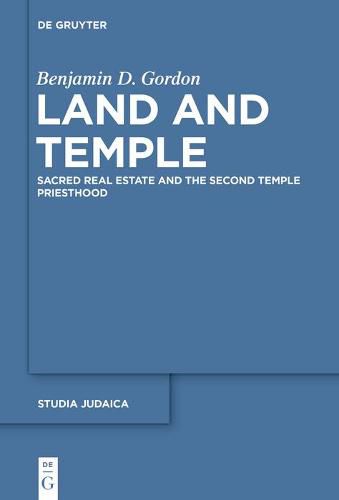Readings Newsletter
Become a Readings Member to make your shopping experience even easier.
Sign in or sign up for free!
You’re not far away from qualifying for FREE standard shipping within Australia
You’ve qualified for FREE standard shipping within Australia
The cart is loading…






This exploration of the Judean priesthood’s role in agricultural cultivation demonstrates that the institutional reach of Second Temple Judaism (516 BCE-70 CE) went far beyond the confines of its houses of worship, while exposing an unfamiliar aspect of sacred place-making in the ancient Jewish experience. Temples of the ancient world regularly held assets in land, often naming a patron deity as landowner and affording the land sanctity protections. Such arrangements can provide essential background to the Hebrew Bible’s assertion that God is the owner of the land of Israel. They can also shed light on references in early Jewish literature to the sacred landholdings of the priesthood or the temple.
$9.00 standard shipping within Australia
FREE standard shipping within Australia for orders over $100.00
Express & International shipping calculated at checkout
This exploration of the Judean priesthood’s role in agricultural cultivation demonstrates that the institutional reach of Second Temple Judaism (516 BCE-70 CE) went far beyond the confines of its houses of worship, while exposing an unfamiliar aspect of sacred place-making in the ancient Jewish experience. Temples of the ancient world regularly held assets in land, often naming a patron deity as landowner and affording the land sanctity protections. Such arrangements can provide essential background to the Hebrew Bible’s assertion that God is the owner of the land of Israel. They can also shed light on references in early Jewish literature to the sacred landholdings of the priesthood or the temple.